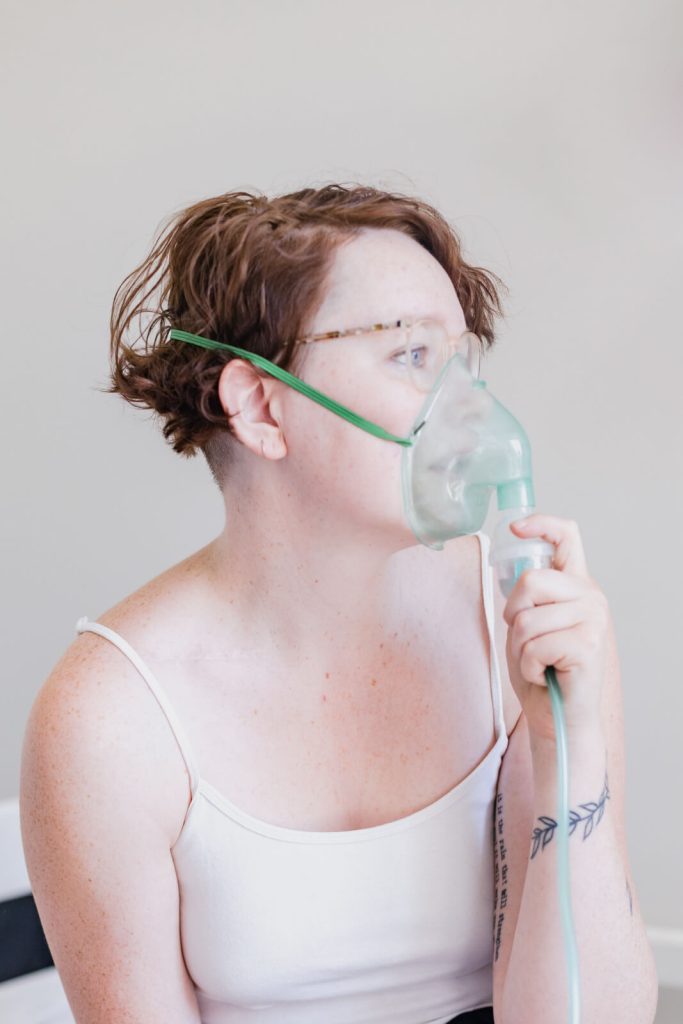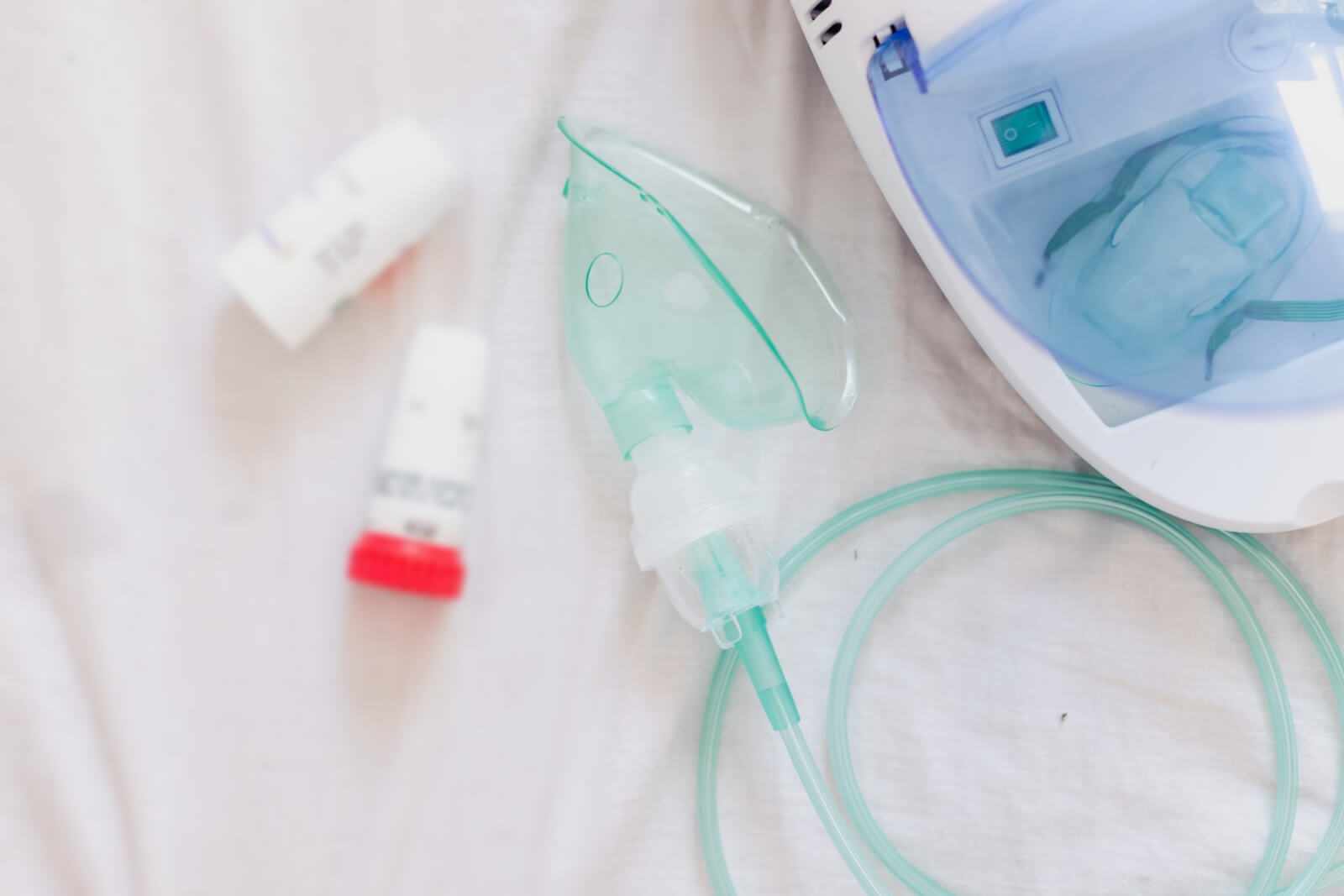by Dr. Noel Peterson, ND, DAAPM
There is new optimism in the treatment of degenerative neurological diseases with PRP derived platelet lysate therapy. The impact of Alzheimer’s, TBI, neurodegeneration and Parkinson’s disease is forecasted to cause increasing disability as our population ages, and the use of platelet derived neural growth factors promises to revolutionize treatment.
Once an injury or a diagnosis of a neurodegenerative condition has occurred, conventional treatment focuses largely on “watch and wait” approaches combined with therapeutic rehabilitation programs. This is all mostly a passive, hands-off approach while the body attempts to heal itself.
At ORM, we harness the body’s own healing power in everything we do and we work to enhance that process. That’s why, after a thorough review of available scientific literature, we have taken our 25 years of positive experience with regenerative orthopedics (PRP and stem cell injections) and applied those same self-healing principles to neurological conditions such as concussions, Alzheimer’s, dementia, and strokes. We are excited to say that we have better outcomes in neurological injuries and degeneration when the body’s self-healing capacity is enhanced through ORM’S PLAN Protocol.
We know that exercise lowers risk of dementia, improves cognitive function and can even hasten recovery from TBI
The PLAN Protocol shows promise in TBI, Early Dementia and Neurodegenerative diseases

PLAN stands for Platelet Lysate Autologous Nebulization. We know that your blood contains bioactive growth factors that are necessary for the repair of neurons (brain cells). In the PLAN Protocol we draw about 1 cup of your blood and isolate and concentrate these neurogenic growth factors in our laboratory into an autologous (from your own body) platelet rich lysate.
Next, a portion of this lysate is used for intranasal delivery in the office using a Sphenocath device. This painless procedure allows us to directly deliver your growth factors to the cribriform area located at the root of the nose. Neurons in the cribriform uptake these growth factors and serve as a portal for safe delivery of the lysate directly into the injured brain. An additional portion of your platelet lysate will be frozen to be used at home over the following 2 weeks.
By using a nebulizer to deliver the lysate through your nose, research has demonstrated that these growth factors are selectively taken up by the brain and pass directly through the blood-brain barrier, thus delivering growth factors safely to the injured brain. Along with the nebulized growth factors from the patient’s own blood, the PLAN Protocol relies on specific dietary guidelines, supplements, and behavioral modifications that all ensure maximal brain healing, recovery, and regeneration.
If you or someone you know has any one of the neurological conditions mentioned above, encourage them to consult with the regenerative medicine experts at Oregon Regenerative Medicine.
To learn more, ask your ORM doctor to explain the procedure and its benefits. You can also view more articles on our website as we explain the condition-specific neurological benefits and indications of the PLAN protocol. Stay tuned!
Sources
Rocca WA, Petersen RC, Knopman DS, et al. Trends in the incidence and prevalence of Alzheimer’s disease, dementia, and cognitive impairment in the United States. Alzheimers Dement. 2011;7(1):80-93.
Hanson LR, Frey WH. Intranasal delivery bypasses the blood-brain barrier to target therapeutic agents to the central nervous system and treat neurodegenerative disease. BMC Neurosci. 2008;9 Suppl 3:55.
Photos by Sincerely Media on Unsplash



